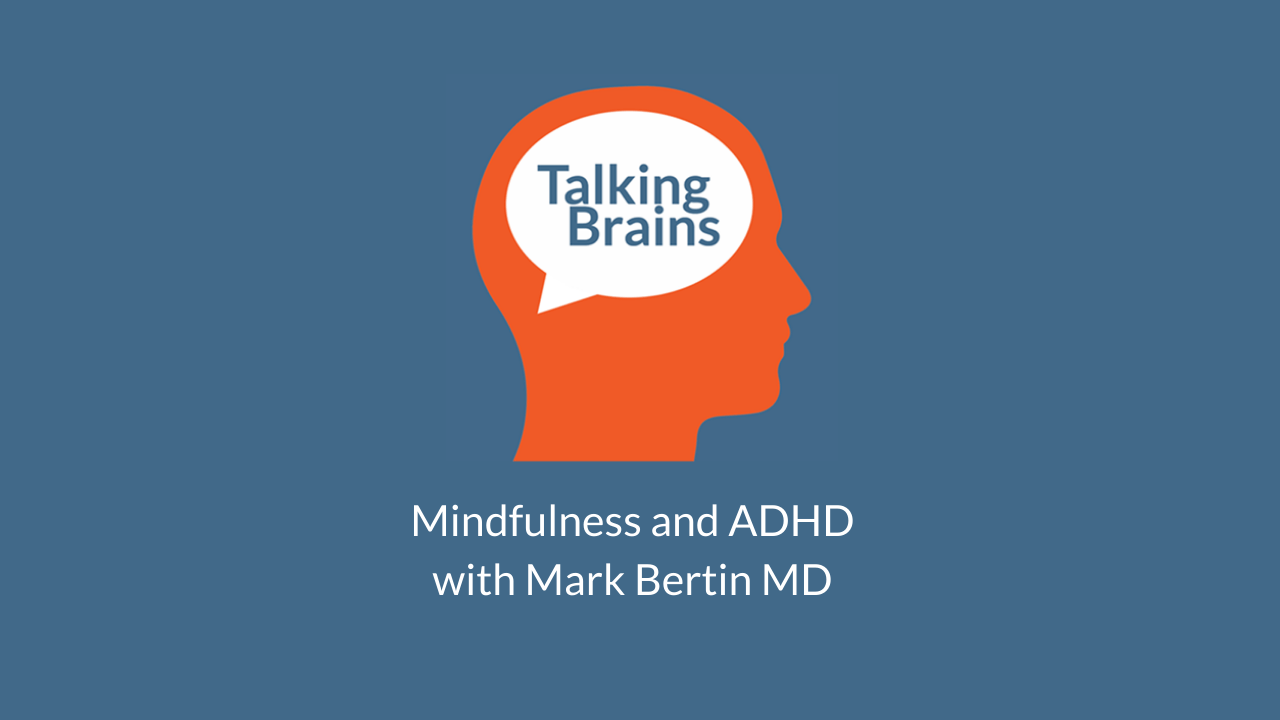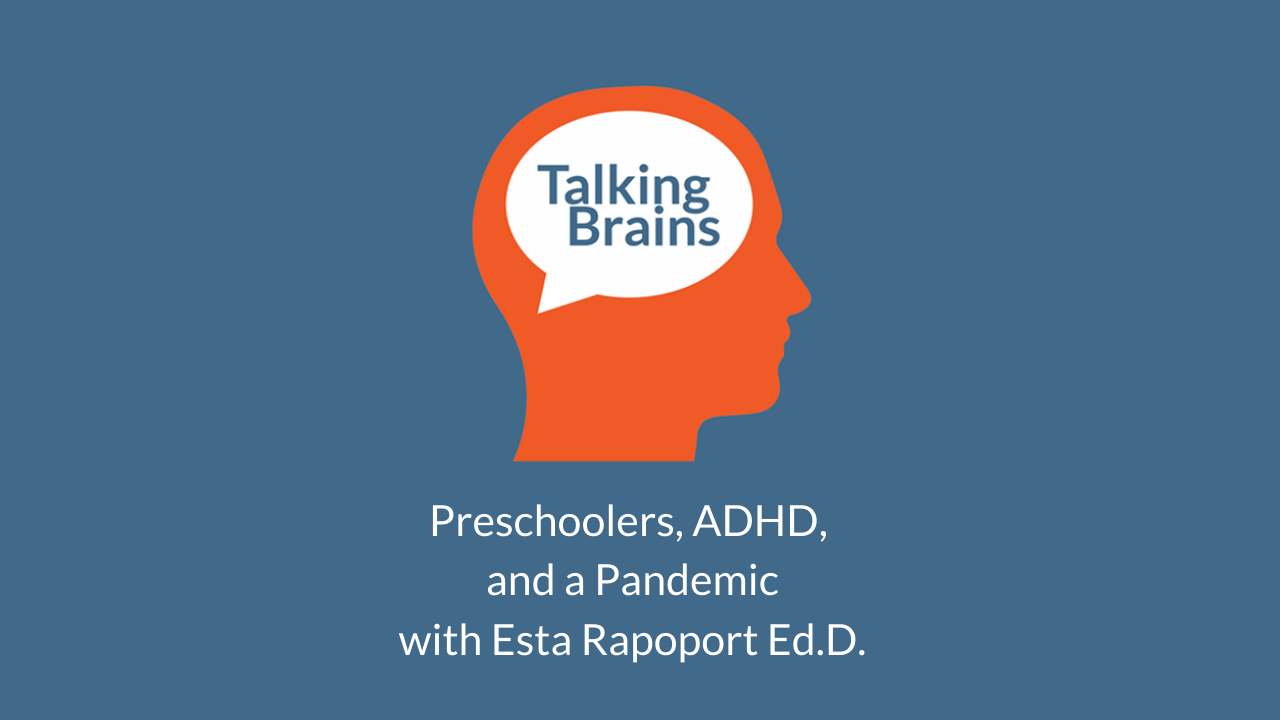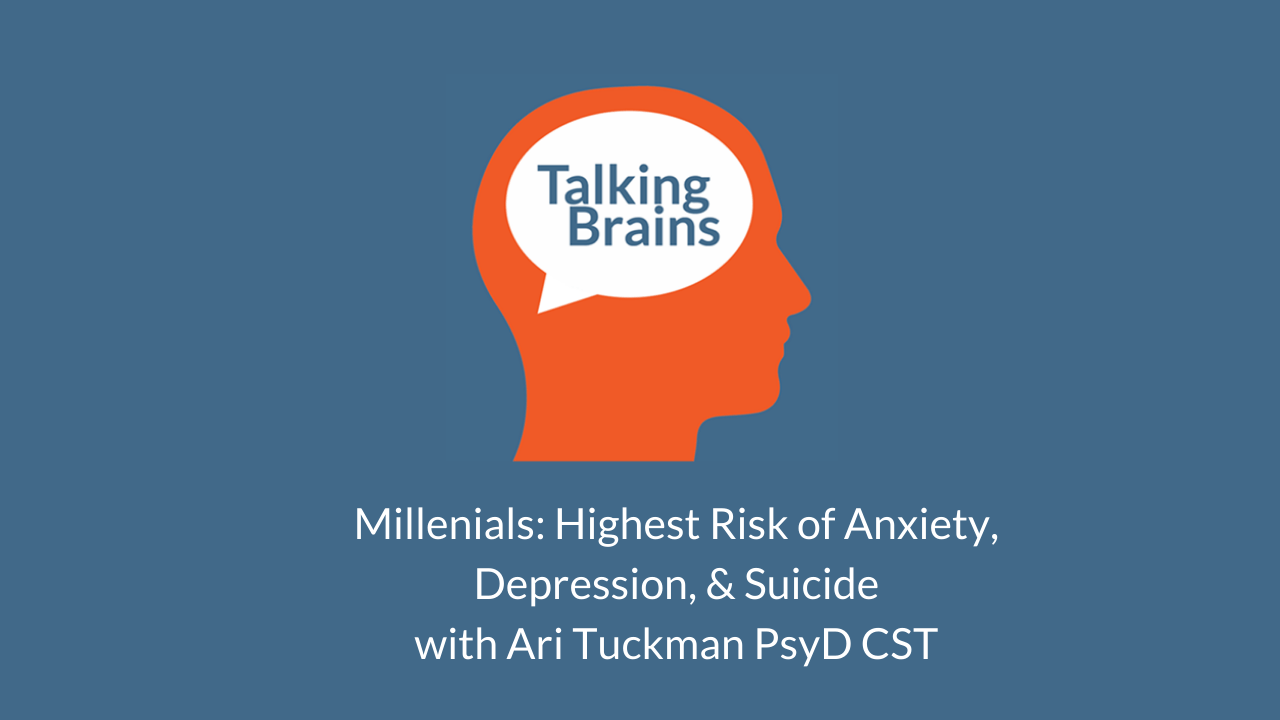The Diagnostic and Statistical Manual of Mental Disorders (DSM), published by the American Psychiatric Association, will have a new edition published in 2013. This edition will be called the DSM-5. (This is a departure from previous editions, because a roman numeral will not be used in the title.) The DSM is used by clinicians to determine whether a client or patient meets (or does not meet) the criteria for a particular diagnosis.
As with many of the disorders in the DSM-5, new diagnostic criteria and classifications are being proposed and reviewed. This includes proposed changes to the diagnosis of Attention Deficit Hyperactivity Disorder (ADHD).
The proposed changes to ADHD in the DSM-5 include:
- 1. Changing the diagnostic criteria from “symptoms being present before seven years of age” to “symptoms being present before twelve years of age.” This new criteria would read: “B. Several noticeable inattentive or hyperactive-impulsive symptoms were present by age 12.”
- 2. For the Inattentive type and Hyperactive/Impulsive subtypes of ADHD, a minimum of only four symptoms need to be met if a person is 17 years of age or older. The current DSM-IV-TR criteria of meeting a minimum of six symptoms for the Inattentive type or Hyperactive/Impulsive Type would still apply for those 16 years of age or younger.
- 3. Recommending teachers as sources of information. The wording that comes before the list of symptoms may read: “In children and young adolescents, the diagnosis should be based on information obtained from parents and teachers. When direct teacher reports cannot be obtained, weight should be given to information provided to parents by teachers that describe the child’s behavior and performance at school. Examination of the patient in the clinician’s office may or may not be informative. For older adolescents and adults, confirmatory observations by third parties should be obtained whenever possible.”
- 4. The following symptoms are being considered for inclusion into the “Hyperactive/Impulsive type”:(j) Tends to act without thinking, such as starting tasks without adequate preparation or avoiding reading or listening to instructions. May speak out without considering consequences or make important decisions on the spur of the moment, such as impulsively buying items, suddenly quitting a job, or breaking up with a friend.
(k) Is often impatient, as shown by feeling restless when waiting for others and wanting to move faster than others, wanting people to get to the point, speeding while driving, and cutting into traffic to go faster than others.
(l) Is uncomfortable doing things slowly and systematically and often rushes through activities or tasks.
(m) Finds it difficult to resist temptations or opportunities, even if it means taking risks (A child may grab toys off a store shelf or play with dangerous objects; adults may commit to a relationship after only a brief acquaintance or take a job or enter into a business arrangement without doing due diligence).
Over 8,000 comments were submitted to the APA regarding the proposed criteria for the DSM-5. In October 2010, “field trials” were started to test out the proposed criteria. These trials are occurring in both large academic settings and in smaller clinical settings. Keep in mind that all of these changes are only proposed at this time, and not final. For more information on the DSM-5 ADHD criteria, see the following websites:
American Psychological Association – DSM-5 Development (ADHD):
http://www.dsm5.org/ProposedRevisions/Pages/proposedrevision.aspx?rid=383
American Psychological Association – DSM-5 Options Being Considered for ADHD:
http://www.dsm5.org/Proposed%20Revision%20Attachments/APA%20Options%20for%20ADHD.pdf





